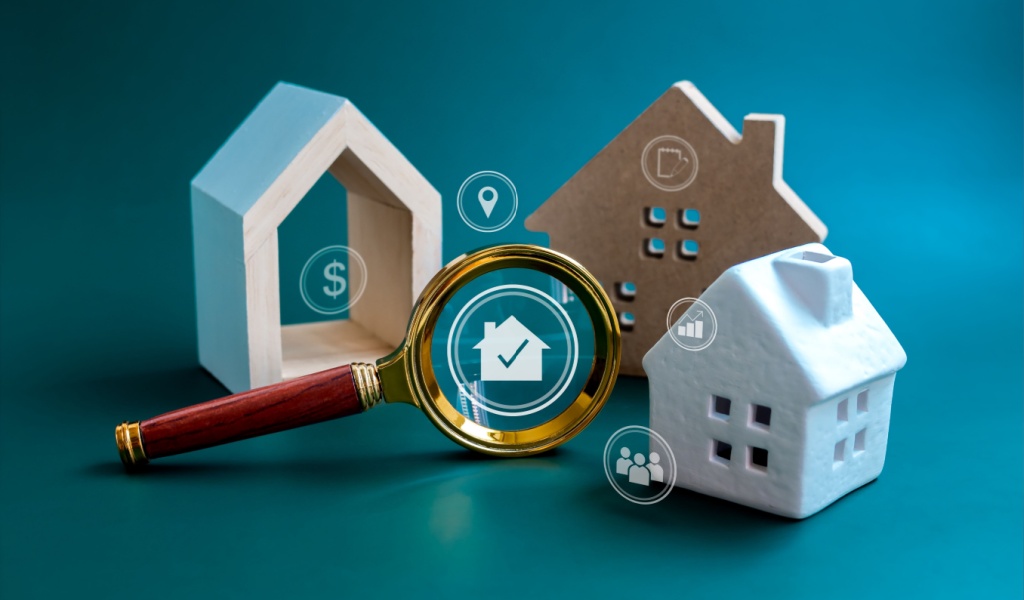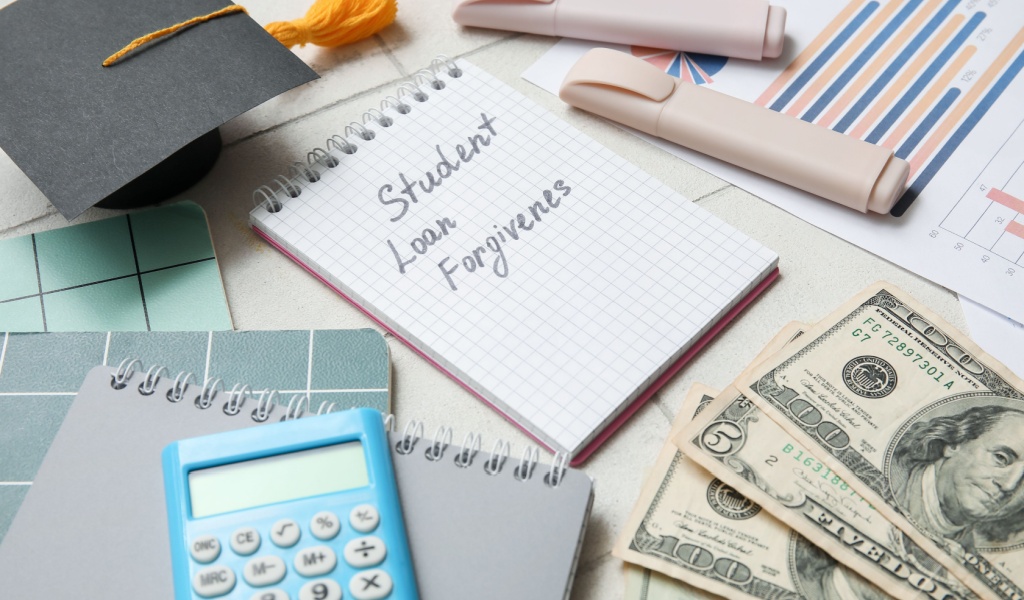There is a general belief that only someone who draws a steady salary can qualify for a loan, which is why retirees tend to think that they cannot get one. However, that’s not true.
It’s generally advised to avoid borrowing from your retirement plan, be it a 401(k), IRA, or pension account, but there are several types of loans that are available for retirees, just as long as they are still receiving some sort of income. Now, this may be in the form of return on investment, retirement savings, rental property income, etc.
The lender then adds on other types of cash inflow, such as pension or annuity income, Social Security benefits, and part-time employment income. Using all of these, the lender is able to draw up an appropriate interest rate for the loan.

There are two types of loans: secured and unsecured. Secured loans require some form of collateral – for instance, property. If the borrower fails to pay back his dues, the lender has the right to seize the collateral. Unsecured loans are much harder to come by and typically have very high-interest rates.
Below are 10 borrowing methods that retirees can turn to in case of a need, instead of depleting their nest egg completely:
Mortgage Loan
Mortgage loans are one of the most common types of secured loans around. This loan takes on the home that you are buying as collateral. This can be very convenient, but it can also prove to be difficult for retirees who do not have a steady income because investments and savings are not as reliable.
Reverse Mortgage Loan
This type of loan is a way for retirees to get either a lump sum or a regular income based on the value of their home. What’s unique about a reverse mortgage loan is that it’s only paid back after the borrower dies or moves out.
At that time, there are a number of ways to pay the loan back. Including selling the house, refinancing to keep it, or giving the lender the authority to seize and sell it. If the borrower passes away, the onus of the decision falls onto their heirs.
Home Equity Loan
Similar to a mortgage, a home equity loan uses your house as collateral. But, in this case, you must own the property – holding at least a 15-20% equity in it. How much you can borrow will be calculated based on the equity – or value – of your home and the current market standards.
Debt Consolidation Loan
Debt consolidation is a way to pay off your past debts by taking on a new ones. This is a type of unsecured loan and may have a lower interest rate than your old debt. This is also beneficial for people who have multiple smaller debts as it’s much easier to handle one single debt instead. The downside is that your debt repayment period may get extended, especially if you opt for lower monthly payments.
Student Loan Consolidation
Older borrowers who have outstanding student loans will have their Social Security payments partially withheld. One way to avoid this is to opt for student loan consolidation – and the good news is that most student loans are eligible for consolidation. But it’s important to note that Direct PLUS loans taken by parents to help pay for their children’s college fees can’t be consolidated with federal student loans taken by the student themselves.

Cash-Out Refinance Loan
Another way to use your home as collateral to borrow is to opt for a cash-out refinance loan. Here, you are essentially taking out a new mortgage to pay off your old one. The benefit is that it can help you avoid rising interest rates. The loan typically pays more than the borrower owes but less than the property’s value. The remaining funds are paid to the borrower.
As with any loan that uses your home as collateral, there is a risk of losing it. Plus, you are extending your loan repayment period and lifetime interest costs. It’s also worth considering the closing costs that come with refinancing.
USDA Housing Repair Loan
Elderly persons who meet the low-income threshold may be able to qualify for a USDA housing repair loan if the purpose is to use it for home repairs. Homeowners who live in the same house can turn to the US Department of Agriculture.
Under the Section 504 loan, they can avail of a loan of up to $20,000 with just a 1% interest rate and a repayment period of 20 years. For very low-income homeowners who need money to get rid of health and safety hazards in the home, they can also avail of an additional grant of $7,500. However, to qualify, they must have been rejected for loans elsewhere and have a family income that is less than half of the median income in the area. Plus, for grants, they must be over the age of 62 and unable to afford a repair loan.
Car Loan
You can use your vehicle as collateral to obtain a car loan. These loans have very competitive rates and you can save on interest by paying with cash. You could even sell your car as a last resort if you’re unable to make loan payments.
Unsecured Loans
Unsecured loans aren’t easy to come by, but they are the best way to avoid putting your assets at risk. These types of loans are typically better for smaller borrowers, including banks, credit unions, and peer-to-peer loans. Credits cards with introductory offers for zero interest may also be a valid option, but make sure you aren’t spending more than you absolutely need to and that you pay it off before the end of the offer period.
Payday Loans
Payday loans aren’t ideal, but they can be a way to get some quick cash in an emergency. As the name suggests, these loans are secured against an individual’s ‘payday’. This could be a salary, or as is typical for retirees, a monthly Social Security check. Payday loans have very high-interest rates and very short payback periods (less than a month), so it’s important to exhaust all other options before picking this one.



